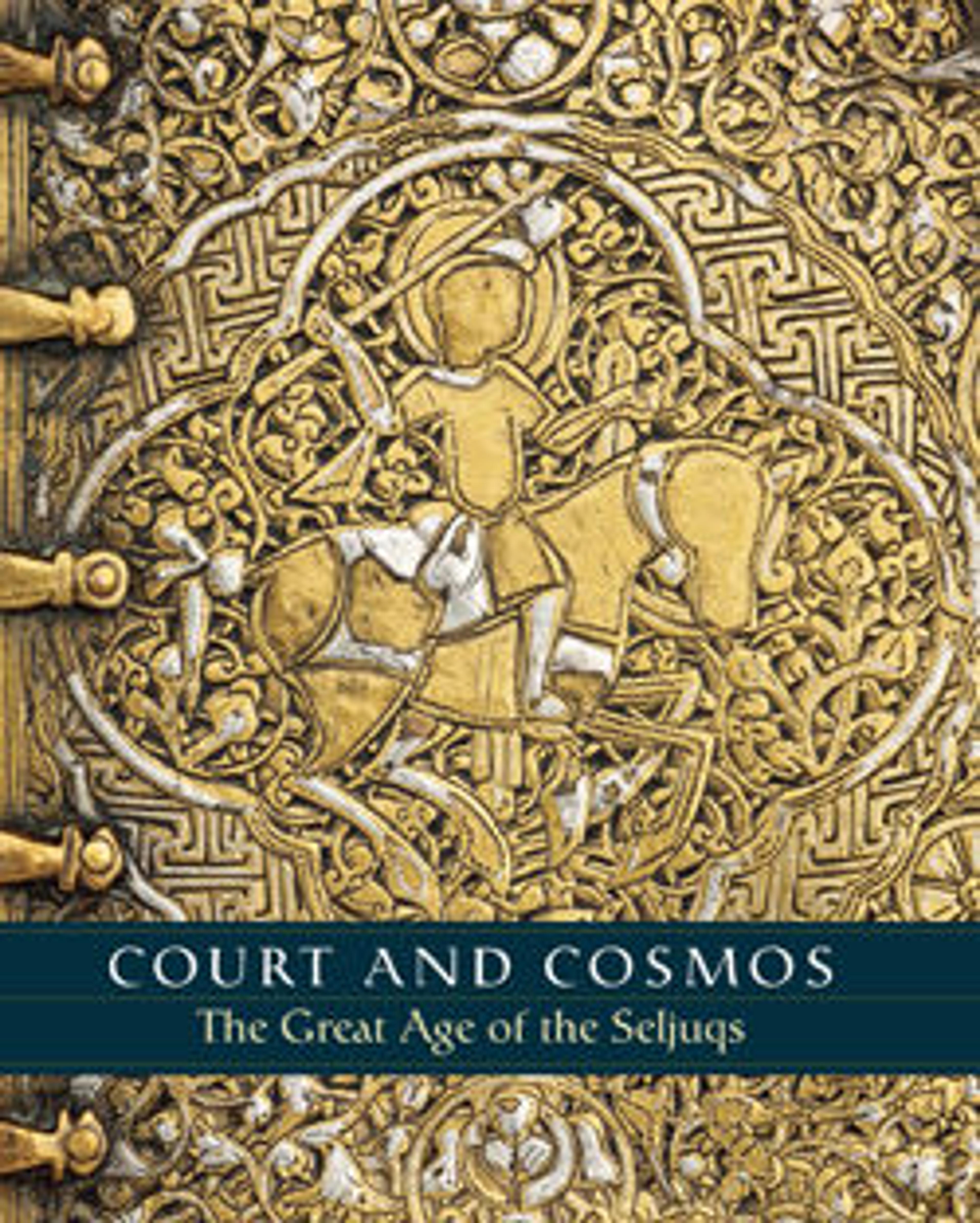Dinar of Tughril (r. 1040–63)
This gold dirham bears on its obverse an inscription listing the titles and name of the reigning Seljuq sultan, Tughrul Beg, as well as naming the prophet Muhammad. In the circular outer margin are the Qur’an verses 33:9 and 9:61. On its reverse, the tawhid is inscribed in the central field of the coin along with the name of the reigning Abbasid caliph, al-Qaʿim bi amrillah. Surrounding it are two circular margin inscriptions: the inner ring indicates the date and location of the dirham’s minting, and the outer bears verses 4-5:30 of the Qur’an.
Artwork Details
- Title:Dinar of Tughril (r. 1040–63)
- Date:dated 444 AH/1052–53 CE
- Geography:Excavated in Iran, Nishapur. Mint Iran, Nishapur
- Medium:Gold
- Dimensions:D. 1/16 in. (0.2 cm)
Diam. 7/8 in. (2.2 cm)
Wt. 0.1 oz. (2.8 g) - Classification:Coins
- Credit Line:Rogers Fund, 1939
- Object Number:39.40.127.513
- Curatorial Department: Islamic Art
More Artwork
Research Resources
The Met provides unparalleled resources for research and welcomes an international community of students and scholars. The Met's Open Access API is where creators and researchers can connect to the The Met collection. Open Access data and public domain images are available for unrestricted commercial and noncommercial use without permission or fee.
To request images under copyright and other restrictions, please use this Image Request form.
Feedback
We continue to research and examine historical and cultural context for objects in The Met collection. If you have comments or questions about this object record, please contact us using the form below. The Museum looks forward to receiving your comments.
